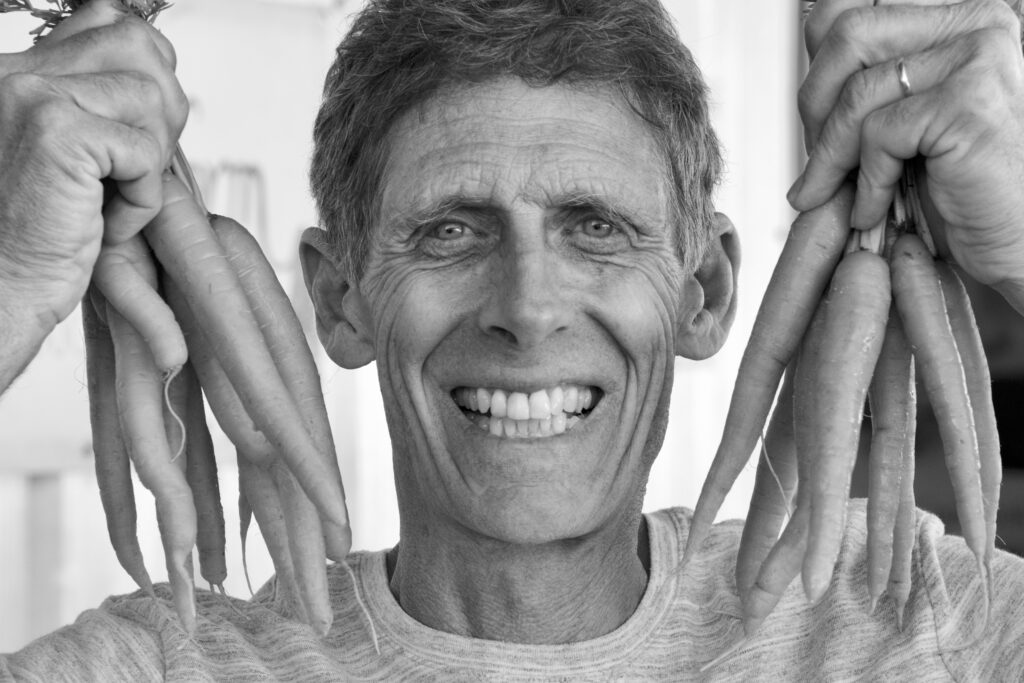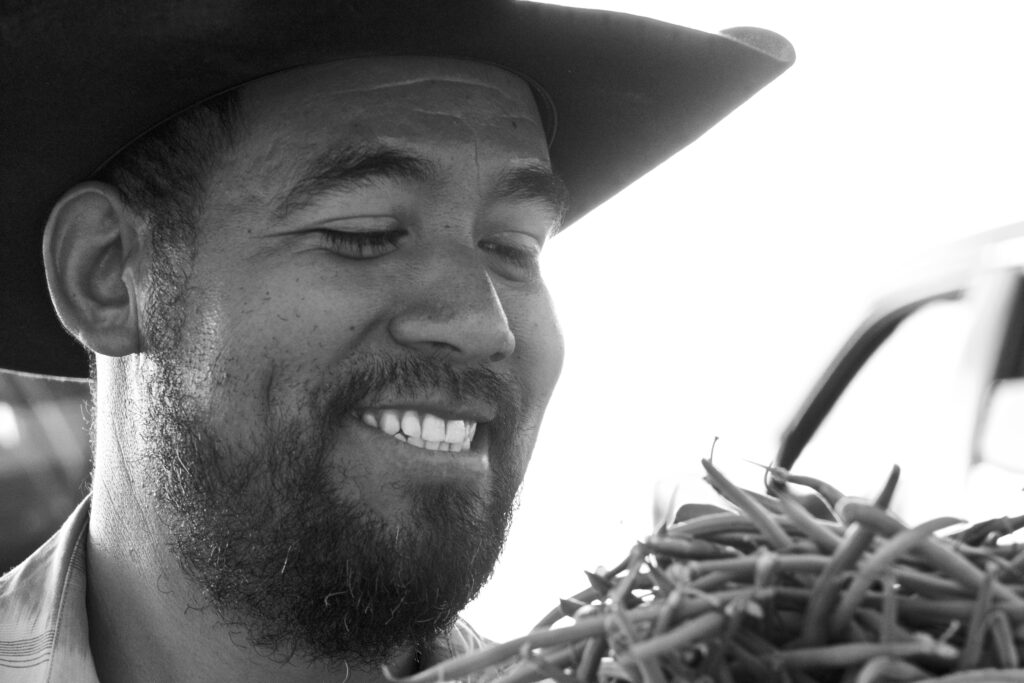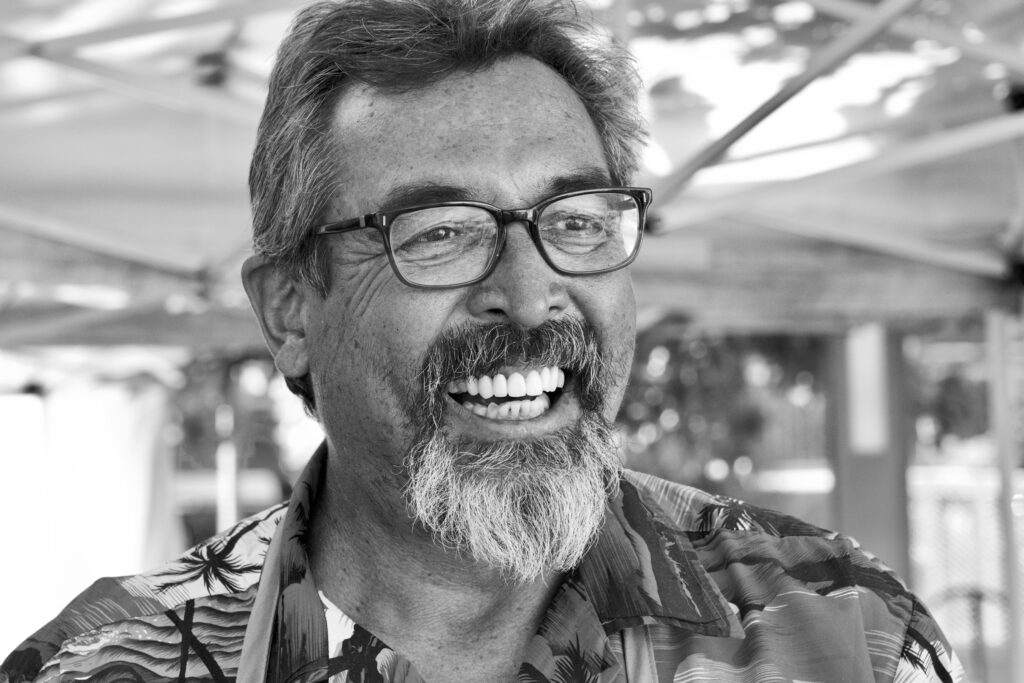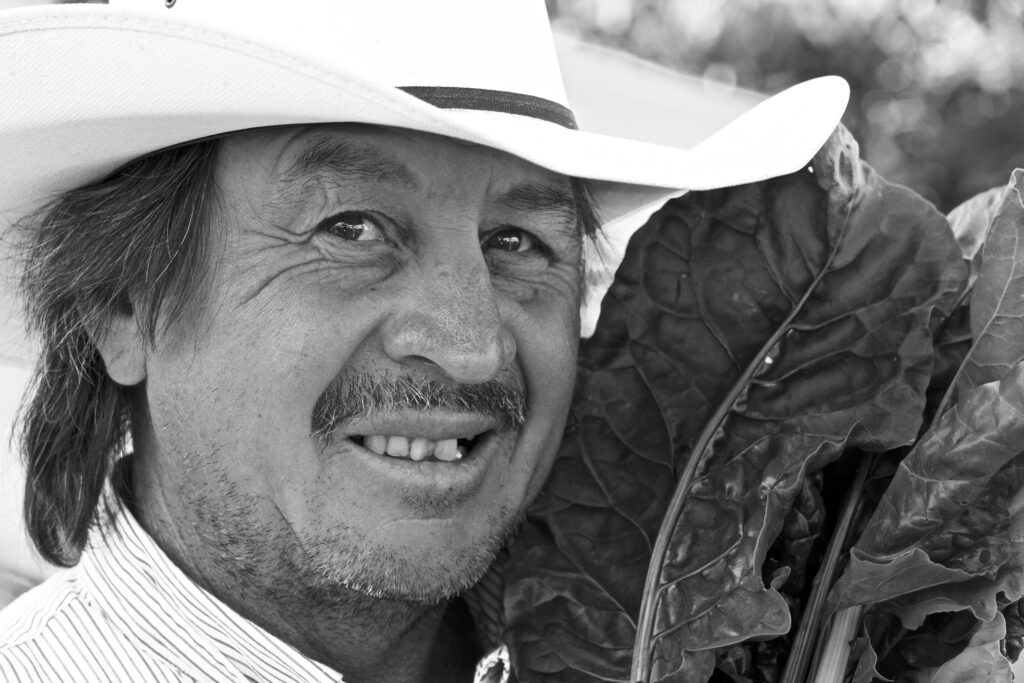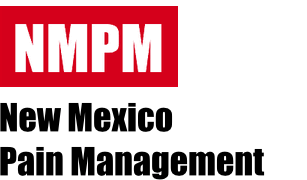Rotator cuff tendon damage:
1. tendinosis (wear or near-tear)
2. partial thickness tear
3. full thickness tear
4. full thickness and full width tear (tendon fully detached from the bone)
5. full thickness and full width tears of more than one of the four rotator cuff tendons (“massive” rotator cuff tears)
Even a full thickness tendon tear is generally repairable with our methods if some portion of fibers remain attached.
If a tendon is 100% detached, we cannot re-attach it. And, here is my review of how surgical methods for completely detached tears are also very difficult.
In some select cases, our evaluation may conclude that repair of other surrounding shoulder structures should lessen pain and improve function.
There is a more general lesson from this. The human mind wants to blame a problem on a single cause. More often, the truth is more complicated. Pain is seldom a solo act. Pain and poor function are usually contributed to by degeneration and wear of many surrounding structures. There are thousands of doctors in the US utilizing PRP. Most will only look for one spot to inject. Our committment is to search more thoroughly for other places that need improvement. This increases our ability to help, as illustrated in the following cases.
Below are three heroic patients telling their stories of one or more complete rotator cuff tendon tears. They beat the odds against them.
On a different topic, organic farmers are also my heroes. Here is a song I play at the office from the album Organic Farming:
Below are a few of my portraits of organic farmers, taken from a project of mine to document these heroes at the Santa Fe Farmers’ Market.
Dr. Jonas Skardis
